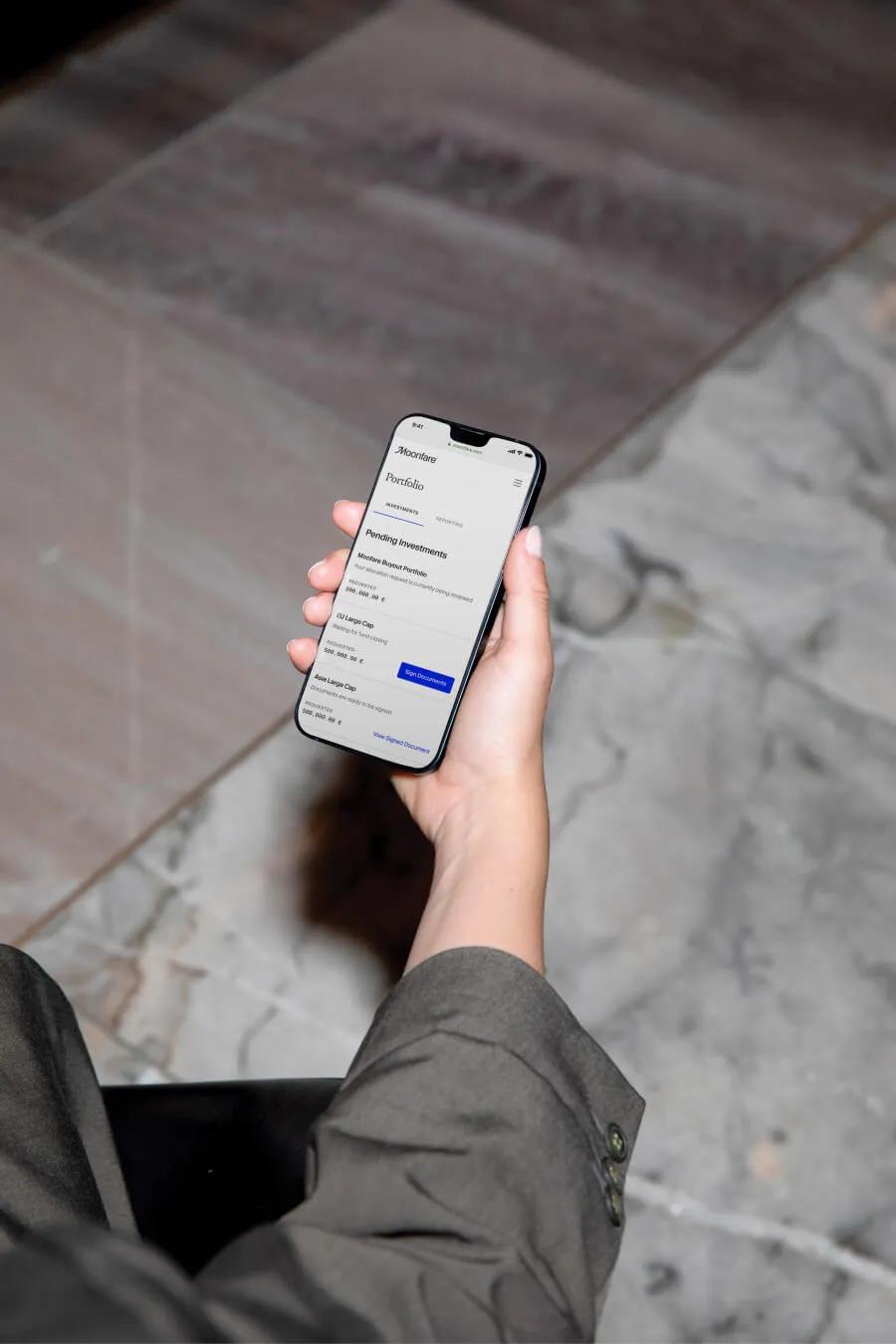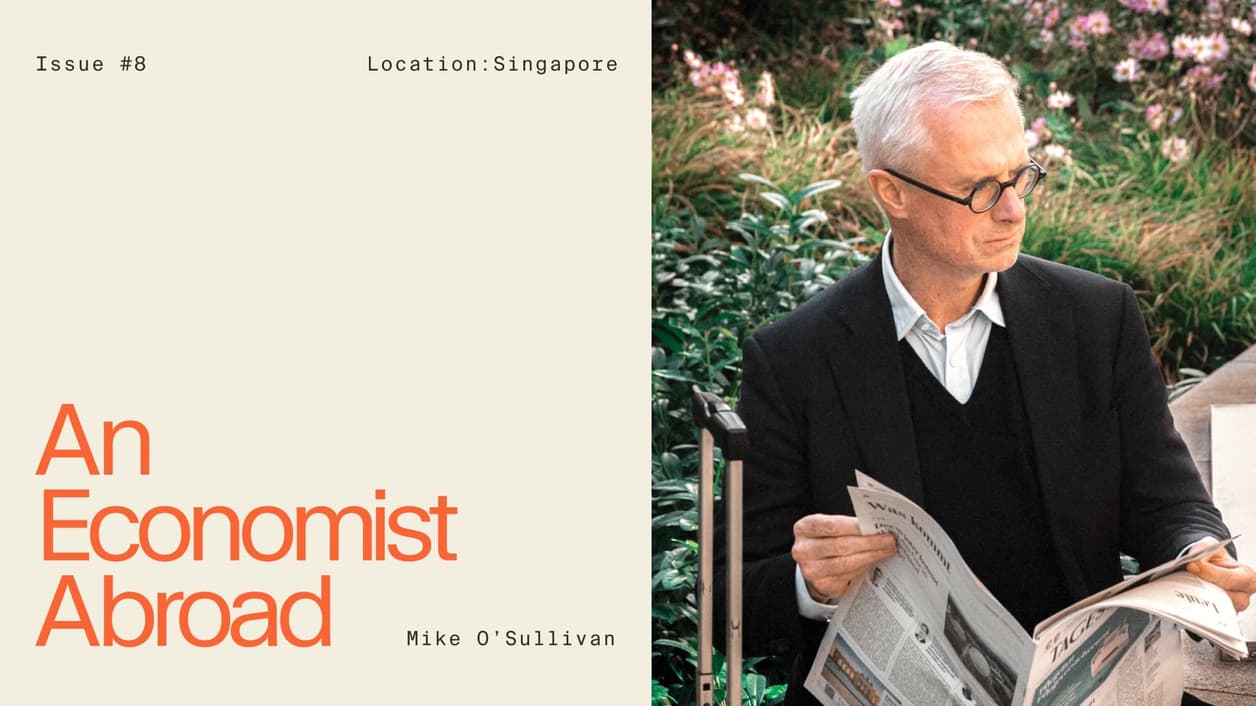
Key Takeaways
- Private equity fees are related to the limited partnership structure of private equity (PE) investments.
- General partners (GPs) charge a management fee to cover expenses and a performance fee to align themselves with the investment interests of the limited partners (LPs).
- The investment agreement of a PE fund holds the details of the fee arrangements for distributing the proceeds of asset sales between the GP and the LPs.
- A waterfall schedule determines how proceeds of asset sales are distributed between the GP and LPs.
Private equity fees are based on the structure of private equity investments. These are typically in the form of funds organised as limited partnerships. In the limited partnership structure, the limited partners (LPs) provide the investment capital and the general partner (GP) organises the partnership, handles all operational activities and manages the assets in the fund.
Private equity funds are passive investments for the limited partners, who rely heavily on the expertise of the GP at selecting and managing private company assets.
For their efforts, the GP receives a fee that generally consists of two components: a management fee to cover the expenses and administrative responsibilities of creating and operating the partnership, plus a performance incentive fee tied to the success of the investments. This is also known as the “2 and 20” fee structure and it’s a common fee arrangement in private equity funds. It means that the GP’s management fee is 2% of the investment and the incentive fee is 20% of the profits. Both components of the GPs fees are clearly detailed in the partnership’s investment agreement.
This fee structure has been widely adopted across the private equity industry as a way to achieve a compensation plan for GPs that aligns their interests with those of the LPs.
What are management fees in private equity?
The GP’s management fee is taken from the initial investment of the limited partners, which is delivered to the GP through capital calls made during the investment stage of the fund. The investment stage typically spans 3-5 years and will consist of multiple calls during that period.
How do private equity performance fees work?
The performance fee in a private equity fund provides the GP with an incentive to maximise the investment value of the fund by participating in the asset appreciation.
These fees are taken from the proceeds of asset sales in accordance with a “waterfall” schedule described in the investment agreement.
The waterfall schedule determines in advance how the proceeds of asset sales will be distributed between the GP and the LPs. Investors will always receive their capital back, plus some element of return on capital, typically set at around 8%, before the fund manager can start to share in the profits.
Fund manager then receives the next distributions until it has caught up its percentage of carried interest. So, if this were 20%, the fund manager takes distributions until profits are split 20% to the fund manager and 80% to the investors. All future distributions continue with this 20/80 split. Learn more at Private Equity Distribution Waterfalls Explained.
Since asset sales will occur at different times over a period of years during the fund's harvesting stage, it is impossible to know exactly what the overall investment appreciation will be until all assets have been sold.
The investment agreement also includes a ‘clawback’ provision, which requires the GP to return part of their performance fees to the investors if the waterfall schedule results in the GP receiving more of the sales proceeds than their prescribed share under the investment agreement.
How do fees affect PE returns?
As with all professionally managed investments, the gross returns to investors in private equity funds are reduced by fees to the GP. It has been shown, however, that the net historical returns of private equity funds after fees have exceeded those of public equity benchmarks.
Investors looking to make specific time period comparisons between public and private equity returns can confidently use PE measures such as Multiple on invested capital (MOIC) and Internal rate of return (IRR), both of which are reported on a net after-fee basis.
Moonfare’s fee structure
Moonfare creates feeder funds that enable accredited investors to participate in private equity funds with minimums as low as €50,000 and performs due diligence on the private equity funds the feeders invest in. Only about 5% of available PE funds generally meet the criteria Moonfare has established for its investors.
To create and operate the feeder funds, Moonfare charges a one-time fee based on an investor’s capital allocation and a yearly management fee, depending on share classes.





